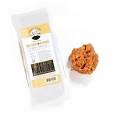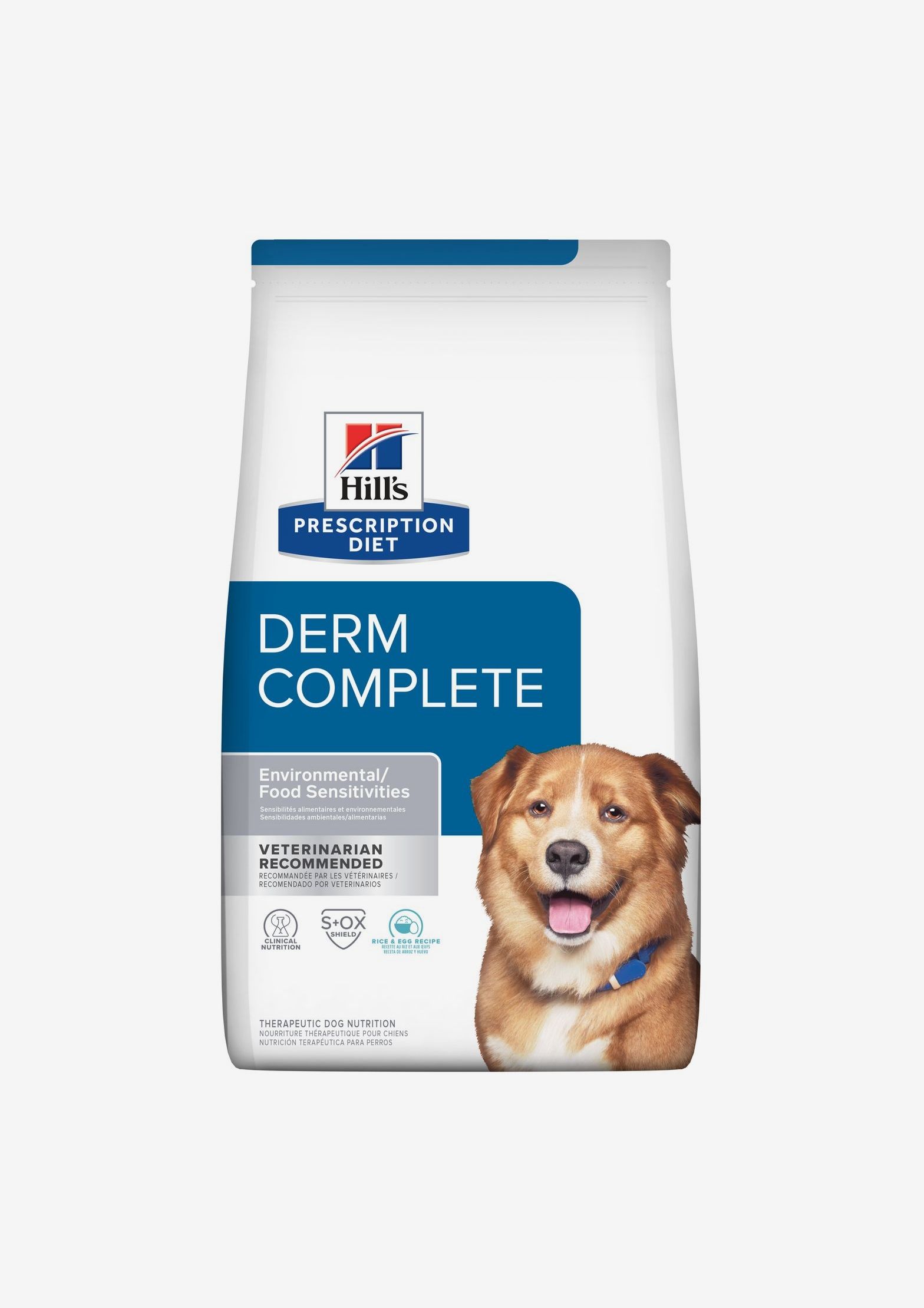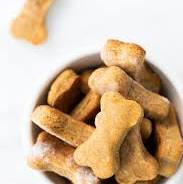The Benefits of Raw Bones for Dogs
Raw bones have been a topic of debate among dog owners and veterinarians for years. While some people swear by the benefits of giving their dogs raw bones, others are concerned about potential risks. Let’s take a closer look at the advantages of raw bones for dogs:
Dental Health
Chewing on raw bones can help keep your dog’s teeth clean and healthy. The act of gnawing on a bone helps remove plaque and tartar buildup, reducing the risk of dental issues such as gum disease and tooth decay.
Mental Stimulation
Dogs are natural chewers, and giving them a raw bone to gnaw on can provide mental stimulation and relieve boredom. Chewing is a calming activity for many dogs and can help alleviate anxiety or destructive behavior.
Nutritional Value
Raw bones are a good source of essential nutrients such as calcium, phosphorus, and minerals that are beneficial for your dog’s overall health. These nutrients support bone health, muscle function, and immune system function.
Entertainment
Dogs enjoy the challenge of working to extract the tasty marrow from inside a raw bone. This provides entertainment and enrichment for your furry friend, keeping them occupied in a positive way.
Risks to Consider:
- Choking Hazard: Always supervise your dog when they are chewing on a raw bone to prevent choking or swallowing large pieces.
- Bacterial Contamination: Raw bones can carry bacteria that may cause foodborne illness in dogs. Proper handling and storage are essential to reduce this risk.
- Tooth Fractures: Some dogs may be aggressive chewers and could potentially fracture their teeth while gnawing on hard bones.
In conclusion, when given responsibly and under supervision, raw bones can be a beneficial addition to your dog’s diet and lifestyle. Consult with your veterinarian to determine if raw bones are suitable for your individual dog based on their age, size, chewing habits, and overall health.
5 Essential Tips for Safely Giving Raw Bones to Your Dog
- Always supervise your dog when giving them raw bones to prevent choking or injuries.
- Choose raw bones that are appropriate for your dog’s size and chewing habits.
- Do not give cooked bones to dogs as they can splinter and cause harm.
- Limit the amount of bone intake to avoid digestive issues like constipation or blockages.
- After a chewing session, refrigerate any leftover bone for later use or discard it properly.
Always supervise your dog when giving them raw bones to prevent choking or injuries.
It is crucial to always supervise your dog when giving them raw bones to prevent choking or injuries. Dogs can be enthusiastic chewers, and monitoring their chewing behavior ensures their safety. By keeping a close eye on your dog while they enjoy a raw bone, you can intervene if needed to prevent any potential choking hazards or injuries. Supervision is key to ensuring that your dog’s chewing experience remains safe and enjoyable.
Choose raw bones that are appropriate for your dog’s size and chewing habits.
When it comes to selecting raw bones for your dog, it is crucial to choose options that are suitable for your dog’s size and chewing habits. Opting for raw bones that match your dog’s size ensures they can safely chew and enjoy the bone without the risk of choking or causing dental issues. Additionally, considering your dog’s chewing habits helps in selecting a bone that will provide the right level of engagement and dental benefits. By choosing raw bones thoughtfully based on your dog’s size and chewing tendencies, you can promote their oral health and overall well-being effectively.
Do not give cooked bones to dogs as they can splinter and cause harm.
It is crucial to never give cooked bones to dogs as they have the potential to splinter and pose a serious risk of harm. When bones are cooked, they become brittle and can easily break into sharp fragments that may cause internal injuries or choking hazards for dogs. To ensure the safety of your canine companion, always provide raw bones that are appropriate for chewing to promote dental health and mental stimulation without the risks associated with cooked bones.
Limit the amount of bone intake to avoid digestive issues like constipation or blockages.
It is important to limit the amount of raw bones your dog consumes to prevent digestive issues such as constipation or blockages. While raw bones can offer dental benefits and nutritional value, excessive consumption can lead to gastrointestinal problems. Monitoring your dog’s bone intake and ensuring they chew on bones safely and in moderation is key to maintaining their digestive health and overall well-being.
After a chewing session, refrigerate any leftover bone for later use or discard it properly.
After a chewing session, it is important to refrigerate any leftover bone for later use or discard it properly. Storing the bone in the refrigerator helps prevent bacterial growth and contamination, ensuring that it remains safe for your dog to chew on later. If the bone has been gnawed down significantly or shows signs of splintering, it is best to dispose of it to prevent any potential hazards to your dog’s health. Proper handling and storage of raw bones are crucial in maintaining the safety and well-being of your furry friend.




